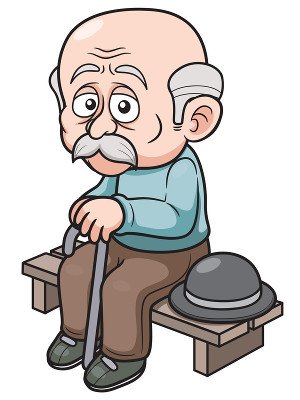A recent study investigated gait characteristics in pediatric acute lymphoblastic leukemia (ALL) patients with chemotherapy-induced peripheral neuropathy (CIPN).
Childhood acute lymphoblastic leukemia (ALL) is characterized by the excessive production of immature lymphocytes which are incapable of fighting infections. Although recent advances in chemotherapeutics have increased survival rates to almost 90%, these drugs are often accompanied with short and long-term adverse effects that can significantly reduce a patient’s quality of life. For instance, studies have shown that Vincristine, a commonly used chemotherapeutic drug for ALL, has associated peripheral neuropathies including distal weakness, numbness, tingling, cramping, pain, muscle contractures, skeletal deformities, and atypical gait (walking) patterns.
A recent study, published in Gait & Posture, investigated the gait characteristics of pediatric patients with ALL that exhibit chemotherapy-induced peripheral neuropathy (CIPN). Data were collected from 17 patients (aged 5 years or older) with CIPN and 10 typically developing children as a control. Three-dimensional motion analysis (3-DMA) was used to measure gait characteristics and the magnitude of gait deviation from typically developing children. Furthermore, simultaneous electromyography (EMG) was used to monitor muscle function during walking patterns and physical activity.
The study found that patients with CIPN exhibit significant deviations in EMG, kinematic, kinetic, and temporal spatial patterns throughout the gait cycle. Moreover, significant heterogeneity in gait pattern deviation was found among patients with CIPN. This could be a result of asymmetrical CIPN, other impairments, variable activity during treatment, age, and duration of treatment. The causes of gait pattern deviations include the pathological neuropathy itself and active compensatory mechanisms to offset the pain and increase stability. It was revealed that gait pattern deviations persist after treatment concludes, suggesting potential long-term consequences for pediatric patients undergoing chemotherapy.
The current study found significant deviations in gait patterns when comparing patients with and without CIPN. Moreover, significant variability in gait pattern deviations was observed among patients with CIPN. This suggests that treatment decisions should not be generalized; rather, treatment should be personalized to each individual following careful assessment. Moving forward, researchers could use a larger sample size, thus further validating the current study, and potentially leading to newer prevention and treatment strategies for pediatric cancer patients with chemotherapy-induced peripheral neuropathy.
Written by Haisam Shah, BSc
Reference:
Wright, M. J., Twose, D. M., & Gorter, J. W. (2017). Gait Characteristics of Children and Youth With Chemotherapy Induced Peripheral Neuropathy Following Treatment for Acute Lymphoblastic Leukemia. Gait & Posture.



